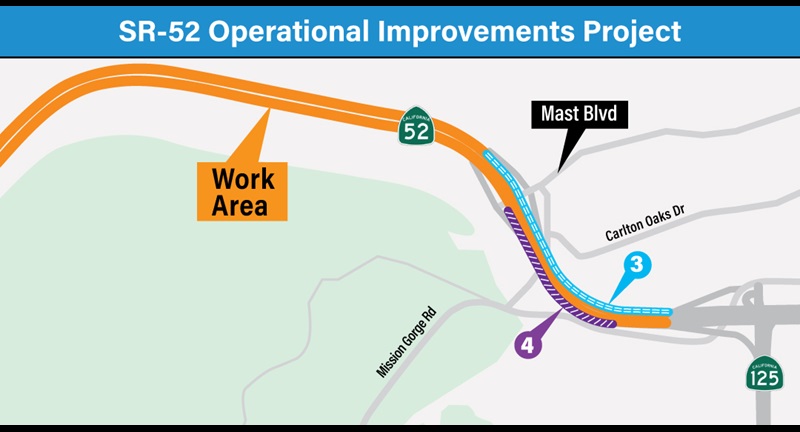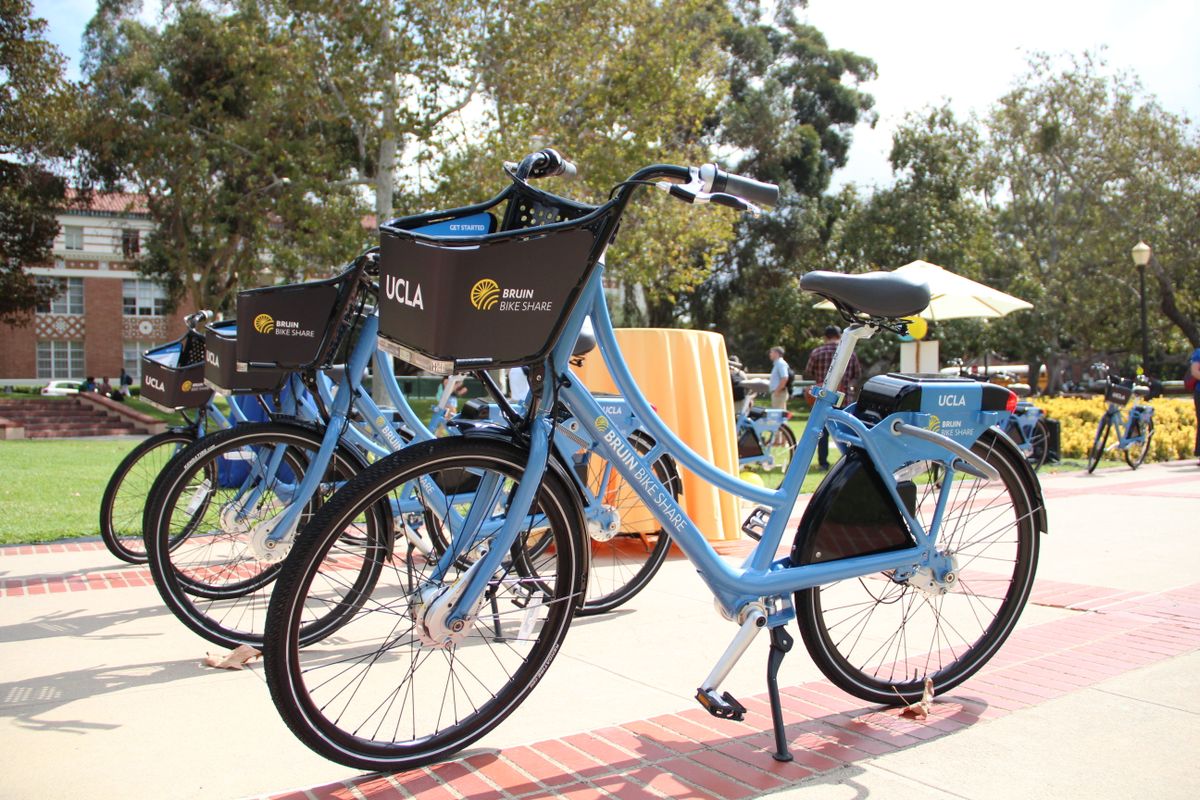
The Federal Highway Administration wants to eliminate pedestrian and cyclist fatalities "in the next 20 to 30 years." In a new strategic plan [PDF], the agency calls for reducing serious injuries and deaths 80 percent in the next 15 years, which would be an intermediate goal on the way to zero.
FHWA also calls for boosting the share of short trips Americans make by biking or walking. It defines short trips as five miles or less for bicyclists and one mile or less for pedestrians. The agency's goal is to increase the share of these trips 50 percent by 2025 compared to 2009 levels.
Now for the bad news. As admirable as these goals may be, federal transportation officials have limited power to see them through. Decisions about transportation infrastructure and street design are mainly carried out by state and local governments.
Nevertheless, the feds do have some means to influence street safety by changing design standards and using the power of persuasion. FHWA can certainly help move local decisions in the right direction. To encourage safer transportation engineering, the agency says it will ramp up its professional training and recognize states for making progress on walking and biking.
Here's a look at some of the more promising ideas in the agency's plan.
Promote safer streets through better design standards
One obstacle to safe streets is the widespread application of highway-style engineering strategies to local streets where people walk and bike. Wider and straighter roads might be better for cars-only environments, but they are terrible for pedestrian and cyclist safety.
FHWA has already taken steps to promote a more thoughtful approach to streets in built-up areas where people live and work. Last year the agency eliminated 11 of 13 car-centric design rules that imposed highway standards on many urban streets.
Now the agency is looking to normalize street designs proven to reduce injuries and deaths that are still considered "experimental" by the transportation engineering establishment. Cautious engineers remain reluctant to install designs without the blessing of the Manual on Uniform Traffic Control Devices, but the committee that updates manual has been dragging its feet on approving designs like protected bike lanes, despite their established track record.
FHWA officials say they are going to intervene. The agency promises to "provide interim approvals under the MUTCD for new traffic control devices where research and experimentation are available to support such action. "
Develop a uniform procedure to collect data and walking and biking
States and cities can't evaluate their walking and biking programs if they have no idea how many people are walking and biking. But that is the situation most states and local governments are in.
Without going into specifics, FHWA says it will develop a national standard for measuring walking and biking rates, as well as how safe it is to walk or bike in a given place.
Reduce traffic speeds on urban streets
Finally, FHWA says it will "develop policies and promote strategies to reduce vehicle speeds on multimodal corridors." Again, the agency doesn't go into much detail about how that will be accomplished. But it does refer to previous FHWA guidance clarifying that engineers have leeway to set speed limits lower than traditional traffic studies have suggested.





